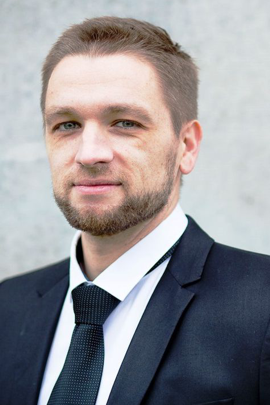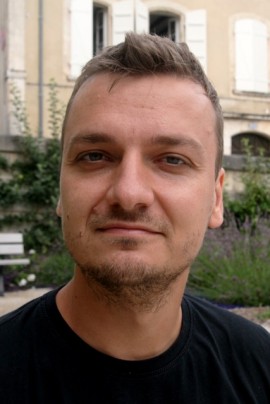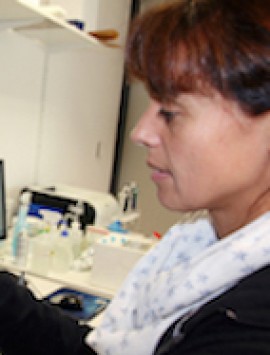Principal Investigators
Novel strategies for therapeutic programming and delivery of mesenchymal stem cells to improve outcome of influenza virus-induced lung injury
Summary
Mesenchymal stem cells (MSC) have promising therapeutic potential in different forms of acute lung injury (ALI), and are now in first clinical trials. However, the molecular mechanisms underlying injury- or pathogen-related beneficial effects within defined niches of the affected lung are mostly unknown. Likewise, the mechanisms by which therapeutically applied MSC of different sources, such as bone marrow or adipose tissue, and lung-resident MSC (rMSC) sense injury during viral lung infections have not been comprehensively examined. This project focuses on the functional heterogeneity of MSC and characterizes the molecular interactions between virus-infected lung cells and different subsets of MSC with dedicated anti-viral and organ repair capacity.
In the first funding period, we used bulk- and single cell (sc)RNA-Seq analyses combined with advanced lung organoid modelling and in vivo infection models to demonstrate that bone marrow-derived MSC (BM-MSC), white adipose tissue-derived MSCs (WAT-MSC) and rMSC represent heterogeneous populations that differ in single cell transcriptional profiles, exerting distinct roles in anti-viral host defense, tissue protection, and lung tissue regeneration (re-alveolarization). MSC of different origin could be primed in an injury-specific way to effectively support (re)generation of the alveolar compartment, e.g. by IV-specific preconditioning and by TLR3 ligands ex vivo, and in IV- and LPS-injury models in vivo. Regarding the potent antiviral and tissue-protective effects of MSC, we identified a type I IFN-dependent cross-talk as the underlying signalling event between BM-MSC and the IV-infected AEC, both in in vitro models and after intrapulmonary delivery of BM-MSC into IV-infected WT or IFNAR-/- mice in vivo.
In the upcoming funding period, we will (i) molecularly and functionally characterize MSC clusters defined by distinct gene expression profiles, which are highly supportive for (re)alveolarization in lung organoid models and for alveolar repair in in vivo viral infection models. We will determine whether e.g. SPARC, SERPINF1, IGF1 and CSF1/2 identified to be upregulated in injured lung MSC in our RNA-seq analyses account - among others - for the regenerative potential of MSC, or might even substitute for MSC supernatants. To investigate further candidate molecules; we will (ii) define the functional relevance of TLR-responses induced in MSC during IV infection and/or LPS challenge using gain- and loss-of-function approaches in vivo in lung injury models; and (iii) validate our findings in human GCP-produced clinical-grade MSC in human ex vivo models, applying strategies such as disease-specific pre-conditioning, gene transfer, and genome editing to endow human MSC with defined genetic programs and beneficial factors to ultimately use them in first-in-human trials.












